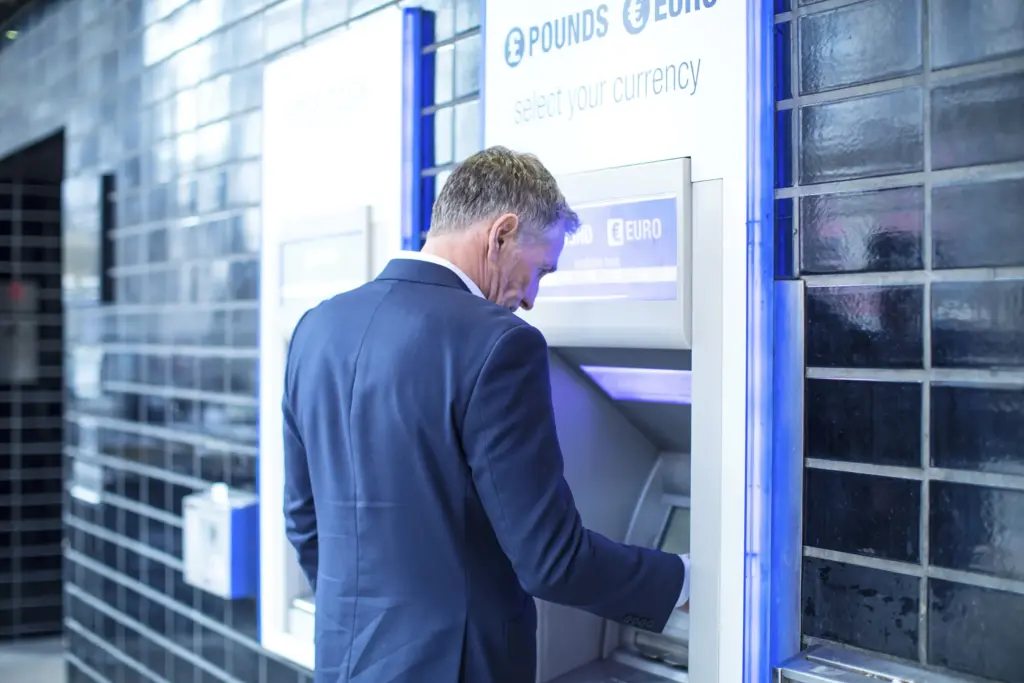When Tata Consumer Products decided to merge its beverage division with its salt and spices business in 2019, they faced a choice.
They could either migrate their combined operations to their legacy ECC platform or use this moment to modernize with SAP RISE.
They chose RISE. Not because of any deadline pressure, but because business transformation demanded modern systems.
SAP has been pushing hard to get the rest of its customers onto their latest technologies. Their original strategy was simple: set a deadline of 2027 for ending mainstream support of legacy systems, forcing companies to migrate. But it did not drive the expected movement.
SAP extended the deadline to 2030 – but with a catch. To take advantage of this extension, companies must commit to cloud migration now.
The timing and nature of this announcement are telling. Despite years of deadline-driven pressure, SAP has finally recognised what we’ve long known at Pivot: artificial deadlines don’t drive successful migrations. Real business needs do.
Even more revealing is the requirement to commit to migration to gain the extension. It shows SAP understands that many of their largest customers aren’t ready to move just yet, regardless of deadlines.
The extension of support to 2030 and 2033 changed the conversation. Companies may no longer need to react to SAP’s timeline. Instead, they can focus on what really matters: aligning their digital strategy with business transformation.
At Pivot Consulting, we work with companies undergoing complex business transformations. That includes divestitures, acquisitions, restructuring, and digital overhauls. These moments force organisations to rethink their ERP strategy, and that’s when moving to RISE makes sense.
Our most successful clients aren’t migrating because of deadlines. They’re moving because their business is evolving.
The hidden cost of waiting
Many organisations don’t realise how much technical debt they’re accumulating by staying on legacy systems.
Even prestigious consulting firms have implemented bespoke solutions that become maintenance nightmares.
We recently worked with a manufacturing client who couldn’t adjust their reporting for new tax laws because their system was too customised.
Technology should enable business change, not drive it. The companies that understand this principle are the ones that succeed in their digital transformation
A logistics company struggled to scale operations because their modified system couldn’t handle global expansion.
With SAP RISE, standard configurations allow businesses to pivot faster. Instead of dealing with hundreds of custom scripts, companies can get back to standard SAP so that they can reconfigure their systems more easily when required as a result of business demands such as acquisitions, new legislative requirements, or supply chain changes.
Security and AI: The new imperatives
Legacy systems weren’t built for modern cyber threats. Ransomware is more advanced than ever. Data breaches are more costly than ever. Legacy systems can be vulnerable.
Poor data quality is a major problem. It affects over half of businesses. This makes systems even more vulnerable to attacks and makes AI is less effective.
SAP’s new Business Data Cloud brings together three key products: SAP Datasphere, SAP Analytics Cloud, and SAP Business Warehouse. All three work as one unified platform.
The company has partnered with Databricks. Together they’re offering pre-built applications and zero-copy data sharing. The platform features SAP’s AI assistant, Joule.
SAP’s AI-driven tools automate complex transitions. They reduce errors and speed up deployment. AI-enhanced security measures detect threats before they happen.
SAP’s investment in AI isn’t about keeping up with trends. It’s about filling the security and analytics gaps that legacy systems can’t handle.
Make the right move at the right time
My advice is simple. Instead of focusing on SAP’s deadlines, companies should look for trigger points.
These could include: major reorganisations, acquisitions or divestitures; digital transformation initiatives such as direct to consumer; security vulnerabilities; new legislative reporting and compliance requirements business process optimisation; legacy system maintenance challenges.
Use these business moments to modernise. Don’t wait until you’re forced to move.
We always tell clients to stay standard, to challenge anything that is not standard SAP configuration.
And think beyond compliance. If you stay with SAP standard, you will build systems that make you agile, not just compliant.
Looking Forward
SAP’s extensions give companies breathing room, but it shouldn’t change their fundamental approach.
Your ERP strategy must align with your business transformation goals. When major change is happening in your organisation, that’s your moment to modernise your systems.
The most successful migrations we’ve seen aren’t reactive responses to vendor deadlines. They’re strategic moves that support fundamental business transformation. The question isn’t when you should migrate – it’s why.
Technology should enable business change, not drive it. The companies that understand this principle are the ones that succeed in their digital transformation journey.




